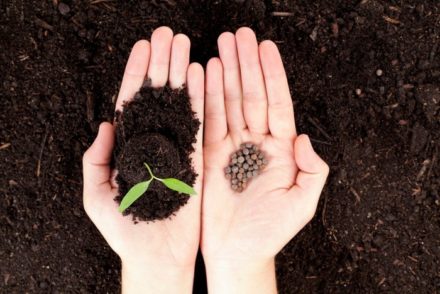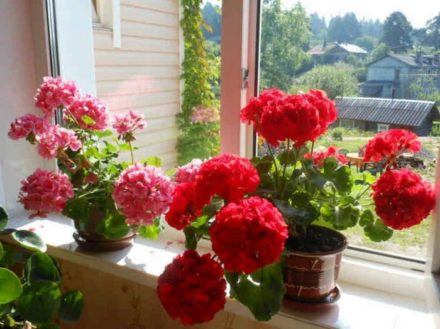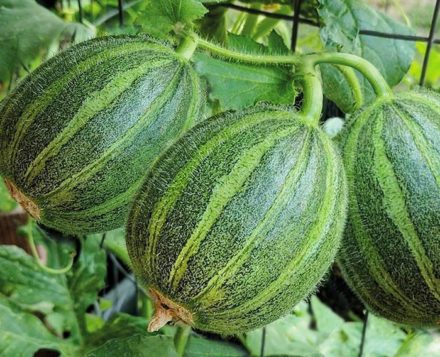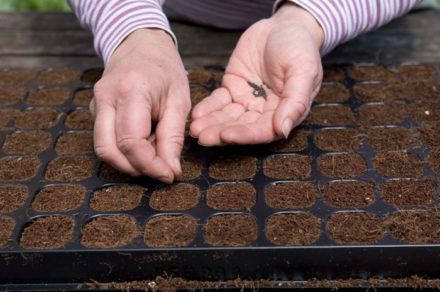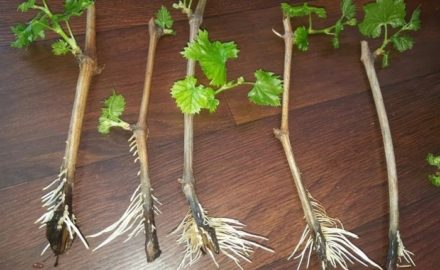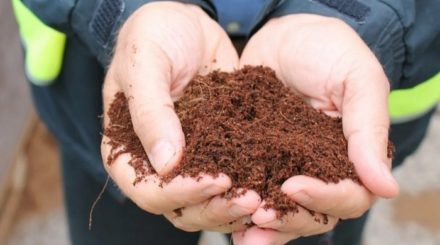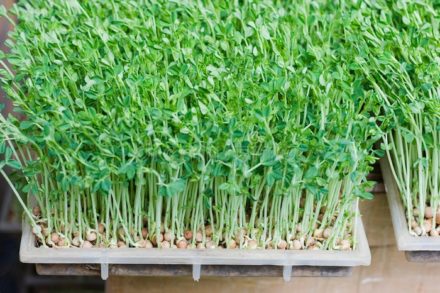Before growing seedlings, you need to make sure that the seeds have a high germination rate. This indicator demonstrates the ability of seeds to produce high-quality seedlings under certain conditions. The percentage of germination directly determines whether healthy and full-fledged seedlings will be produced in the future. Let's look at the 7 simplest and most effective ways to test germination.
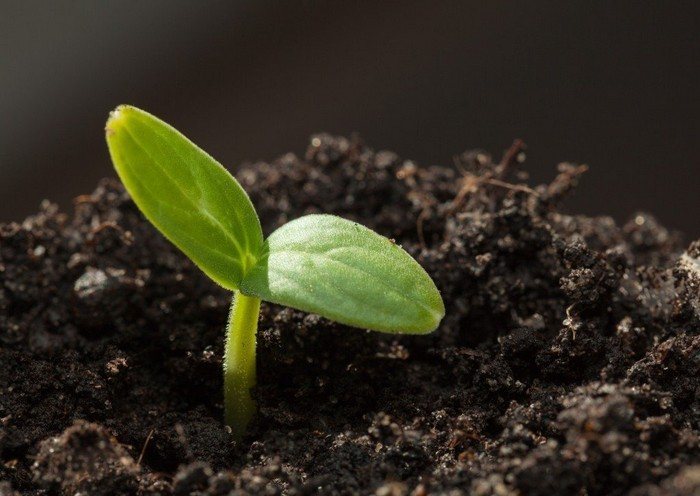
Using paper or fabric
To check this method, you need to take about 10 seeds (cabbage, carrot, salad, etc.), a small container covered with a paper or cloth napkin. Place them on a napkin, keeping a distance of about 1 cm from each other. Then moisten the seeds with slightly warm water from a spray bottle, avoiding too much soaking. After this, cover the container with polyethylene and place in a warm place.
You need to inspect and moisten the seeds once a day so as not to miss the seedlings and prevent them from drying out. After some time, the sprouts that have hatched will become noticeable and need to be counted. The best germination rate implies the germination of at least 6 out of 10 seeds.
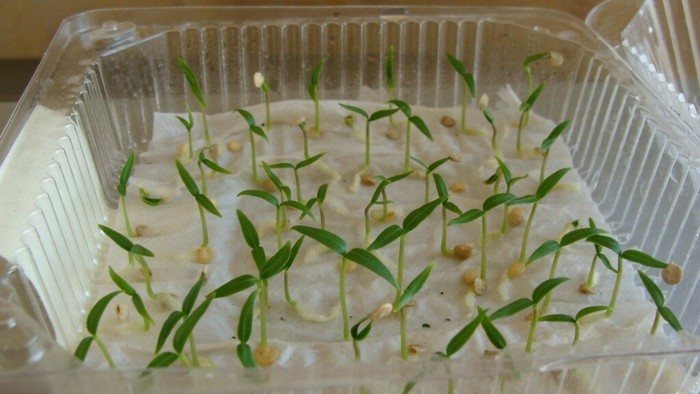
In fresh or salt water
Almost all garden crops can be tested using this method. You need to select the seeds and pour them into a convenient container (shallow glass, jar or saucer), add water and mix.If the seeds of tomatoes, cabbage or radishes were taken for testing, you should use salt water instead of fresh water, diluting 1 tsp. salt in a glass of water. After 10 minutes you can check the seeds. Those that remain at the bottom will germinate without problems, but those that are on the surface are useless for germination.
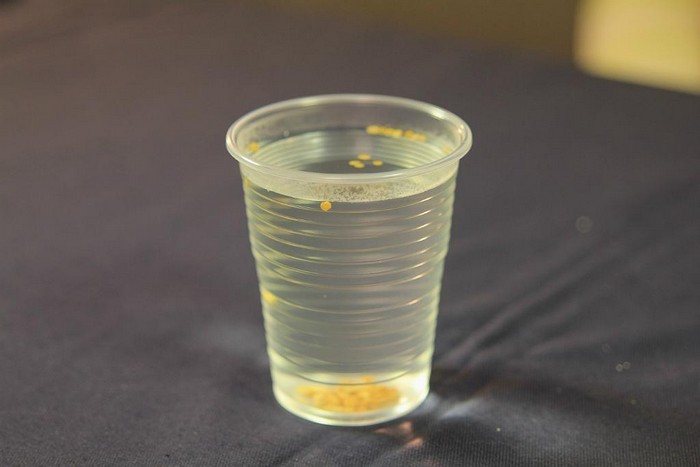
In a solution of potassium permanganate
The principle of this verification method is the same as in the previous case. However, adding potassium permanganate to water allows you to simultaneously disinfect the seeds. It can be applied immediately before sowing into the ground. To check, you need to take a saturated solution of potassium permanganate and dip the seeds into it. Those that remain at the bottom are removed from the solution, dried and used for germination.
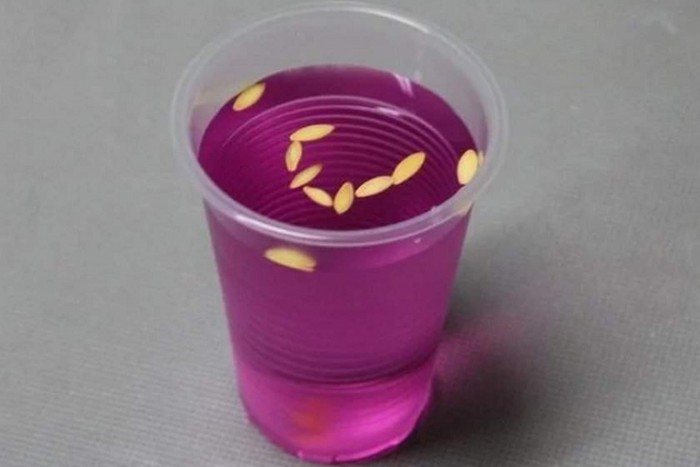
Using gauze
To check the percentage of germination, take several layers of gauze and moisten it with water from a spray bottle. Unfold the gauze, distribute the seeds in several rows on one layer, then cover with another layer and do the same with the remaining seeds. After this, fold the gauze into a stack or roll it into a roll and place it in a thin plastic bag. The thinner the package, the less carbon dioxide content will be, which prevents seed germination. The bag of seeds should be placed in a dark place and, after 10–12 days, the germination rate should be assessed by counting how many seeds have sprouted.
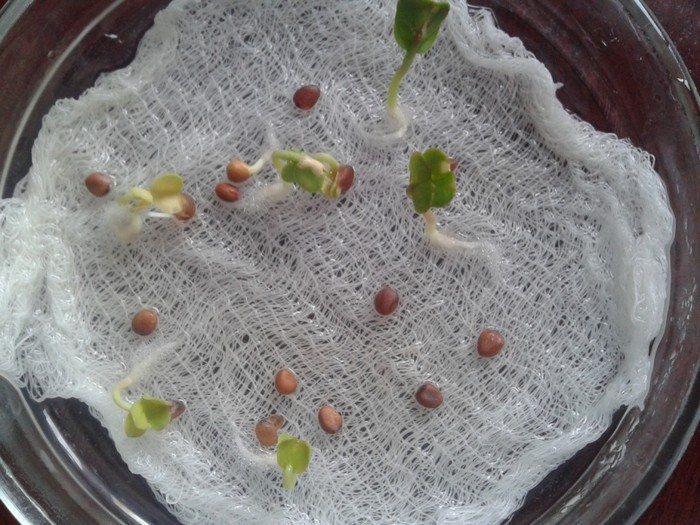
Using sawdust
It is better to check large seeds this way. First, sawdust should be doused with boiling water, then poured into drawers or bowls. Place the seeds on top, leaving a distance of 3 cm between them.Sprinkle everything with sawdust again and compact it. The containers should be covered with film and placed in a warm place. After a few days, you can count how many seeds have sprouted.
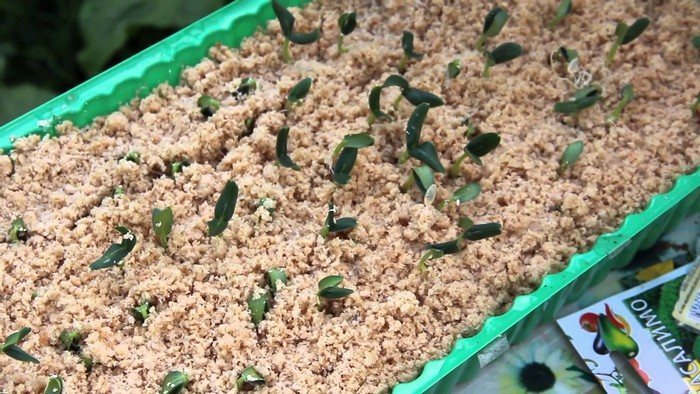
Using a paper roll
An unusual way to determine the quality of the seed mass is using a notebook. You need to cut out a 25x25 cm square from this paper, hold it in warm water for 2-3 seconds, shake off excess water and spread it on a flat surface. Then place the seeds on the paper, roll it up and place it in a bowl of water so that the water does not cover the seeds. After this, cover the container with film, place it in a dark place and wait for germination.
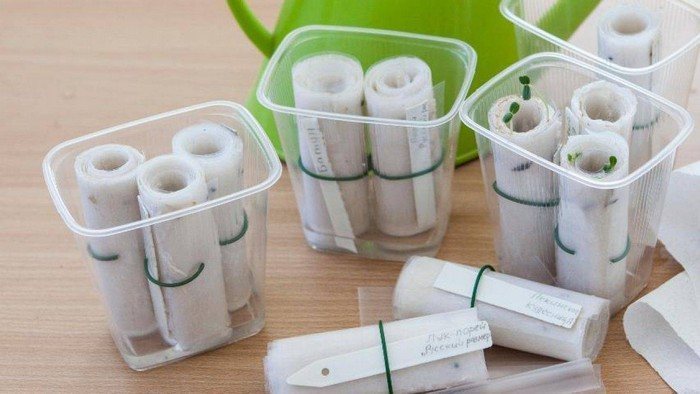
Greenhouse method
An error-free method for determining germination requires the presence of a loose substrate or garden soil. It should be moistened, poured into a shallow container and lightly compacted. Then mark grooves 0.5-1 cm deep, sow the seeds, sprinkle them with soil and place them in a dark and warm place. Once a day it is necessary to moisten the soil with a spray bottle. After 10–15 days, the seedlings can be observed and the germination percentage can be assessed.
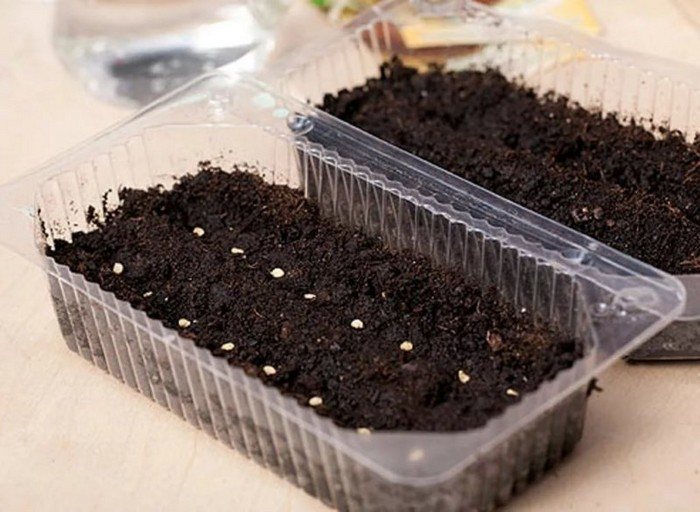
All methods require maintaining a sufficiently warm air temperature. Most crops germinate well at 16–20 degrees Celsius. The optimal germination rate is approximately the same for all crops - at least 30–40% of the seeds should germinate. If this figure is less, you should increase the sowing rate in order to obtain a sufficient number of seedlings and subsequently not lose the harvest.





